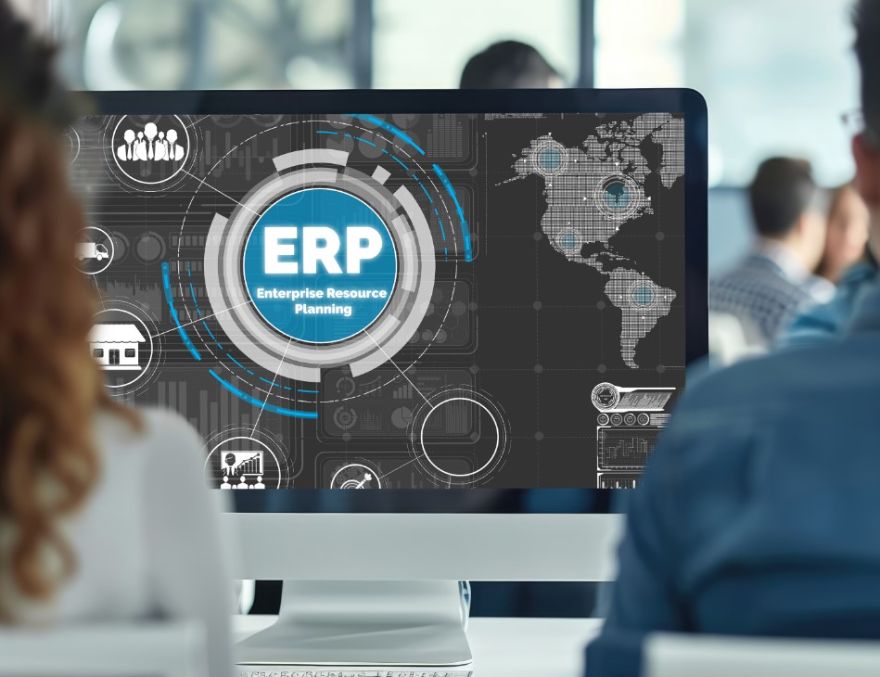Request Creation & Categorization
The request creation process allows employees to easily and standardize requests for support, materials, technical services or information. Requests are divided into predefined categories and directed to relevant departments quickly and efficiently.
Features
- Predefined Request Types & Categories
- Request Forms & Field Based Definitions
- Service Duration & Prioritization
- Department Based Demand Management
- Ability to Add Files & Documents
- Transaction History & Automatic Notifications
Predefined Request Types & Categories
Requests are classified under specified categories, enabling systematic management of workflows. This makes it easier to track processes and speeds up the directing of requests to the correct unit.
Request Forms & Field-Based Definitions
In request entries, complete information is provided using forms that include fields specific to the needs. Form contents can be customized, so requests for different business units can be managed in detail.
Service Duration & Prioritization
Delays in critical business processes are prevented by prioritizing requests according to their urgency level. Service durations are determined to ensure that requests are completed on time.
Department-Based Demand Management
Processes are accelerated by automatically directing requests to the relevant department. Thanks to department-based analyses, the intensity of requests and processing times can be monitored.
Ability to Add Files & Documents
In order for the requests to be descriptive and complete, users can upload relevant documents, technical drawings or supporting documents to the system. In this way, the accuracy of the processes is increased.
Transaction History & Automatic Notifications
Transaction history is recorded for each request, ensuring full traceability of the processes. Thanks to automatic notification mechanisms, the request status is instantly communicated to the relevant persons.

